April 17, 2025 | 05:35 GMT +7
April 17, 2025 | 05:35 GMT +7
Hotline: 0913.378.918
April 17, 2025 | 05:35 GMT +7
Hotline: 0913.378.918
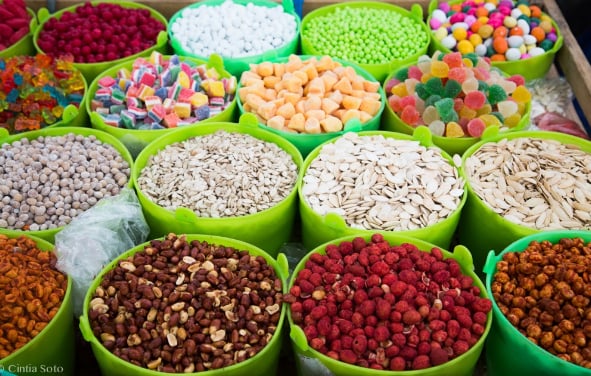
Food and agricultural trade expanded rapidly in the 2000s, with more countries trading with each other and greater participation of low- and middle-income countries.
During the pandemic, international trade continued to link food deficit areas to surplus regions, contributing to food security and nutrition. But the war in Ukraine is threatening multilateral cooperation and risks fragmenting the global food market.
How can trade policies in food and agriculture address today's challenges and how can they contribute to long-term sustainable development for all?
The changing nature of food and agricultural trade
Between the first years of the new millennium and 2008, the global trade of goods and services became more important in the world economy and during this time, trade increased rapidly. However, since the financial crisis in 2008, this globalization process has been stagnant.
Food and agricultural trade expanded rapidly in the 2000s, with more countries trading with each other and greater participation of low- and middle-income countries.
Countries expanded their participation in global food and agricultural trade and the landscape and geography of trade has changed.
Between 1995 and 2019, the structure of the global network of food and agricultural trade became more decentralized. In 1995, a few large trading hubs dominated the trade network. Over time, more hubs emerged and the dominance of the individual hubs weakened.
Regionalization of food and agricultural trade - the tendency of countries to trade more within a region than with countries outside the region - increased between 1995 and 2019.
Countries formed different trade clusters within which they tend to trade more. These clusters are often shaped by geographic proximity and economic integration fostered by trade agreements.
Why do some countries trade more than others?
Countries engage in trade to export what they can produce at a lower cost relative to other countries while importing what is relatively more expensive to be produced domestically.
Many factors influence this cost of production.
Differences in technology use can influence costs. Agriculture is unique in that, on average, technology accounts for about three-quarters of productivity growth at the global level, while increases in the factors of production, such as land, make up for one-quarter of productivity growth.
The uneven distribution of natural resources across countries forms another key determinant of comparative advantage in food and agricultural trade. For example, water-stressed countries rely on importing water-intensive foods to complement domestic production and ensure food security. Countries with abundant land or water can export food and agricultural products that use these factors more intensively and capture large shares of global trade.
The productivity gap in agriculture is enormous. The richest 10 percent of all countries produce 70 times as much agricultural value added per worker as the 10 percent poorest countries.
High trade costs can inhibit the exchange of goods and prevent countries from reaching their production potential.
Trade costs are determined by trade policies, transport costs, costs related to insurance, export and import procedures and time delays at the borders.
In low-income countries, trade costs are estimated to add up to 400 percent to a product’s price. Such high costs inhibit trade integration and make it difficult for people to move out of poverty.
Trade agreements and cooperation at multilateral and regional level can reduce trade costs, boost trade and promote economic growth.
Coping with shocks to global trade
As we have seen, global food and agricultural trade is constantly evolving. But how can countries become more resilient to global and regional shocks? Trade networks have been put to the test in recent years. Here we’ll see how they fared, or are faring, in the face of two recent shocks and get insights into how our trade networks can be further strengthened.
The outbreak of the COVID-19 pandemic tested the resilience of the food and agricultural trade network. COVID-19 affected demand, supply, logistics and trade of food and agricultural products. Yet, despite the multiple challenges, the food and agricultural trade network proved resilient to the shock. In fact, the only visible effects at the global level were short-lived disruptions of trade at the beginning of the pandemic, when significant restrictions on people’s movements were imposed.
The ongoing conflict between the Russian Federation and Ukraine sparked concerns about the impacts of the war on global food security, including through the disruption of global food and agricultural markets. The Russian Federation and Ukraine are important players in the global food trade. Together, in 2021 the Russian Federation and Ukraine were key global exporters of wheat, maize, rapeseed, sunflower seeds and sunflower oil.
Today, more countries are connected to more trade partners, which can strengthen their resilience to shocks in domestic and exporter markets. Nevertheless, only a few countries still account for most of the value traded and only some countries source a large variety of food and agricultural products from many different exporters.
To further strengthen their resilience, countries should aim to diversify the products they import and increase the number of their trading partners.
The increased connectivity between countries can strengthen the buffer capacity of the global food and agricultural trade network. Countries that are well-integrated in the global market and have a high number of trade links can benefit from trade by leveraging their comparative advantage globally.
Global cooperation in agricultural trade policies can address global challenges, such as economic crises, pandemics, conflicts and climate change, and it can contribute towards food security and healthy diets for all.
The environmental impacts of food and agricultural trade
Natural resources, such as land and water play a key role in determining food and agricultural production and trade.
For countries with scarce land and water, and where climate conditions are unfavourable to agricultural production, trade is key to food security and nutrition.
Trade also facilitates the consumption of food in quantities and diversity at levels above what domestic production could sustain, easing the pressure on the use of local natural resources.
This means that, globally, trade can help strengthen the efficiency of natural resources use, saving water and land.
But it can also result in negative environmental impacts, such as unsustainable freshwater withdrawals, pollution, biodiversity loss, deforestation and greenhouse gas emissions.
Many negative impacts of trade can be tackled with complementary policies at local or regional level, but global environmental impacts can only be addressed effectively through global policy approaches.
Global cooperation is the most efficient way to bring growth, ensure food security and better nutrition for all, and make trade work for sustainable development.
A deeper look at trade
As we have seen, food and agricultural trade expanded rapidly in the new millennium. Today, more countries trade with each other, emerging economies have become important players, and low-income countries are better integrated into global markets. This process of globalization has lost steam since the financial crisis in 2008 but has resulted in important changes in the structure of the global market.
However, we have just scratched the surface. The full report, The State of Agricultural Commodity Markets: The Geography of Food and Agricultural Trade, provides an in-depth exploration of how trade policies can address today’s challenges for sustainable development. See how trade policies should address the trade-offs between economic, environmental and social objectives and strengthen the resilience of the global agrifood system to shocks, such as conflicts, pandemics and extreme weather events.
(FAO.org)
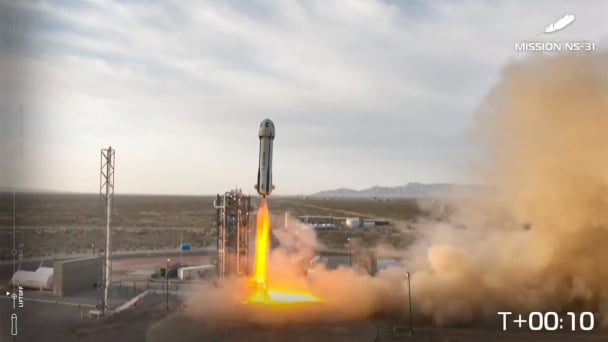
(VAN) 169 lotus seeds selected by the Vietnam Academy of Agricultural Sciences were carried into space by Vietnamese-American astronaut Amanda Nguyen.
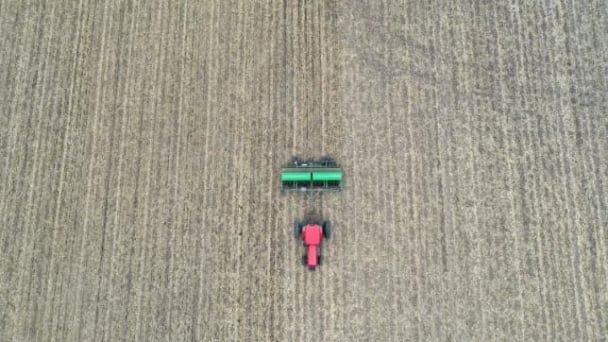
(VAN) Tariffs are making life more expensive for John Pihl. He's been farming in Northern Illinois for more than 50 years.
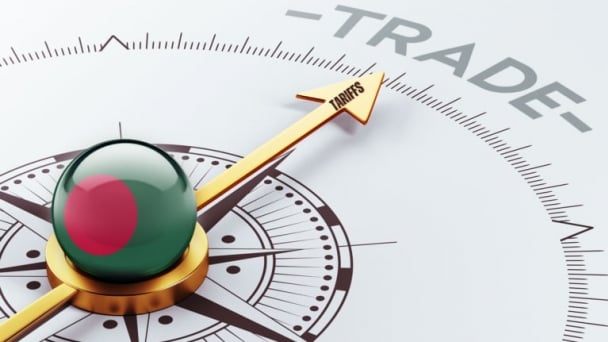
(VAN) European and American farmer organisations are concerned about the import tariffs that the United States introduced on 9 April for products from the European Union. This makes them 20% more expensive.

(VAN) Global poultry trade is expected to remain strong amid relatively tight global protein supply and growing consumption, RaboResearch concludes in its latest animal protein report.
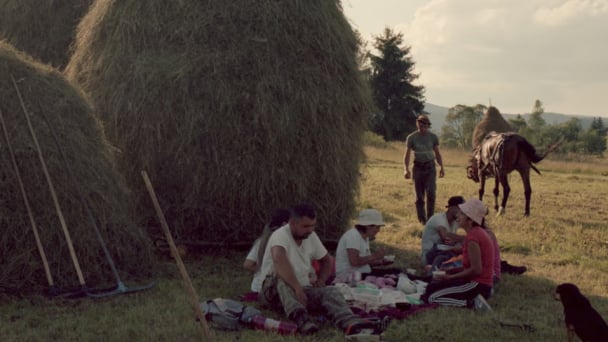
(VAN) Traditional methods benefit hundreds of species but as new agricultural techniques take over, the distinctive haystacks mark a vanishing way of life.

(VAN) The nation’s top banks are quietly advising their clients on how to build a financial life raft - or perhaps life yacht - from the wreckage of runaway climate change.
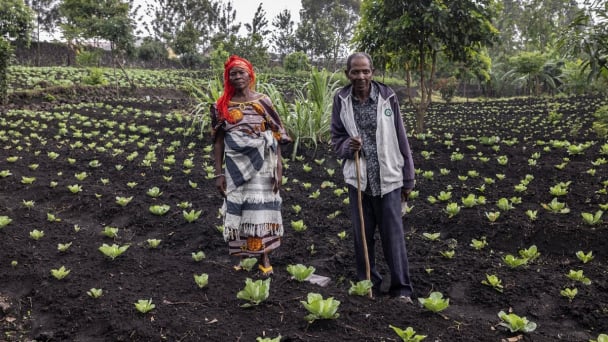
(VAN) From FAO Office in the Democratic Republic of the Congo.